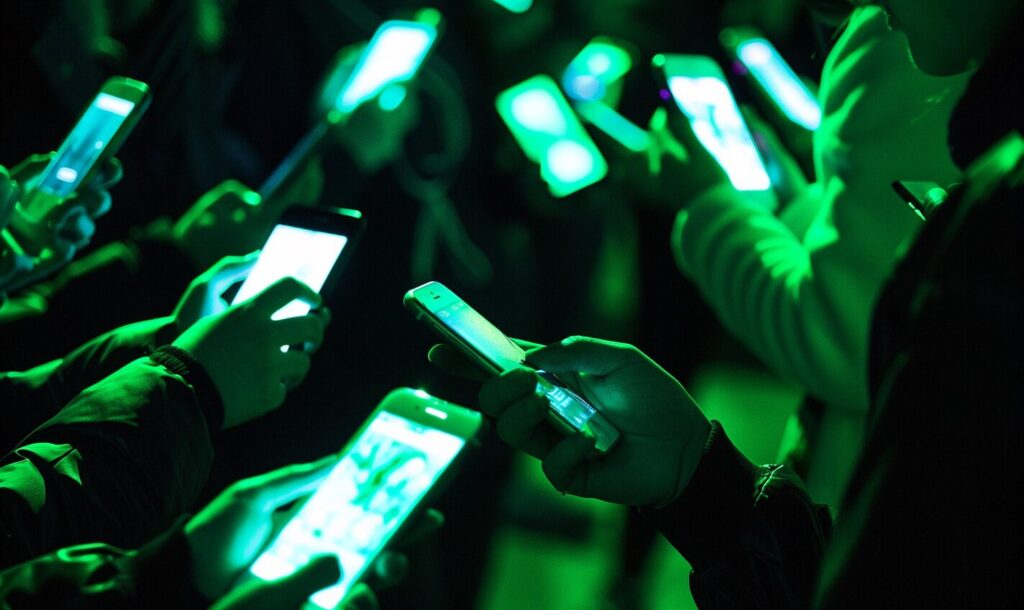With current events being what they are, online lessons are steadily growing in popularity. Grade schools, universities and employers are always looking for more effective and accessible ways to provide ongoing education. Human knowledge doesn’t accept geographical barriers, so why should schools?
Khan Academy is just one provider of online lessons and not even a new one. However, it’s enjoying a surge in popularity now as some health experts predict that social distancing may be part of our lives for years to come.
What Is Khan Academy?
Salman Khan founded his eponymous Academy in 2008 as a nonprofit educational institution. Khan, a former hedge fund manager who holds three degrees from MIT and one from Harvard, produced his first educational video to help one of his cousins better understand mathematics.
After noticing that short videos seemed to help with retention, he created additional clips and quickly amassed a following on YouTube. A short time later, Bill Gates took notice of the new platform’s success and pledged financial support.
By 2015, Khan Academy provided online instruction in more than 5,000 different subject areas and achieved numerous accolades, such as “the future of education.”
Like similar organizations, the Academy primarily uses video as a vehicle for instruction. The primary audience is students between the ages of two and 18, although it also produces content to keep educators’ skills sharp.
In addition to English, Khan Academy videos are available in more than two dozen other languages. The platform’s creators primarily had distance learning in mind, but the content is also well-suited to supplementing live instruction in the classroom.
How Does Khan Academy Work and Why Is It So Popular?
Goal-setting and progress-tracking are central to Khan Academy’s approach. Users of the platform create records of their progress so that they can see how well they’ve retained material.
This model also lends itself to a trend known as “flipping the classroom,” where students use the digital platform to engage with the material at home and then return to classrooms to take tests, perform exercises or demonstrate what they’ve learned. In-class personnel become progress monitors and proctors, while the instruction goes to the experts producing video material.
Because it’s a nonprofit organization, all of the Academy’s educational materials remain freely available to students, teachers and organizations.
However, entire school districts are looking to adopt the platform in an official capacity — and these partnerships carry a cost for institutions. Khan Academy is now a part of the classroom experience in Long Beach Unified School District and Compton Unified School District. The latter costs the district $44,000 per year.
School officials were drawn to the platform because it helps educators track students’ progress and prepare them for standardized tests, such as the NWEA MAP Growth test.
As mentioned, social distancing during the COVID-19 pandemic has played a role in Khan Academy’s ascendancy as well — and with the ballooning interest in distance learning in general.
Is There a Downside to Khan Academy?
The general online lesson model — including “flipping the classroom” — is not without its drawbacks. One of these is the lackluster pupil-to-teacher ratio in American grade schools and elsewhere. This ratio decreased steadily in the U.S. between 1970 and 1989 to a low of 17.2, before rebounding in 2015 to reach an average of 16 pupils for every one teacher.
Global research supports the conclusion that decreasing class sizes has a positive impact on student achievement — usually by the equivalent of three additional months of educational instruction. Distance learning increases rather than decreases the pupil-to-teacher ratio and makes it more difficult for struggling students to get the personal attention they need.
Khan Academy has also attracted objections beyond the known shortcomings of the distance learning model.
Since founding the Academy, Salman Khan has enjoyed titles and accolades such as “Messiah of Mathematics” and even “The World’s Teacher.” He’s ascribed his platform’s popularity and his position in the educational community to his personable, accessible approach. “If you’re being talked down to in a classroom, or if a lecture is over your head, you feel belittled,” he said in an interview. “I’m sensitive to that.”
However, this casual approach has drawn criticism. Khan declared that, when he produces videos, “I don’t know what I’m going to say half the time.” In a way, the unrehearsed nature of his lessons is part of their draw — students get to watch their instructor thinking aloud and using deduction in real-time to solve problems.
The lack of preparation and low production values has been problematic for the Academy. Khan himself has made some notable mistakes in his mathematics instructional videos, including some errors that run afoul of the very fundamentals of secondary math, including functions, Algebra and Calculus.
In June 2012, math teachers John Golden and David Coffey even began running a series of their own videos, where they critique Khan Academy’s content and point out errors in the material.
A New Type of Education System?
Distance learning and Khan Academy are not without their drawbacks. Platforms like these are at their best when highly competent and motivated educators deliver the material. It can also pinpoint students’ weaknesses and help teachers create more targeted lesson materials.
In time, and especially as social distancing measures wear on, we’ll likely see Khan Academy and other online learning platforms enjoy greater popularity. The quality of the educators and their ability to provide personal, focused attention to pupils will be key in judging their worthiness to replace the classroom as we know it.
Recent Stories
Follow Us On
Get the latest tech stories and news in seconds!
Sign up for our newsletter below to receive updates about technology trends














